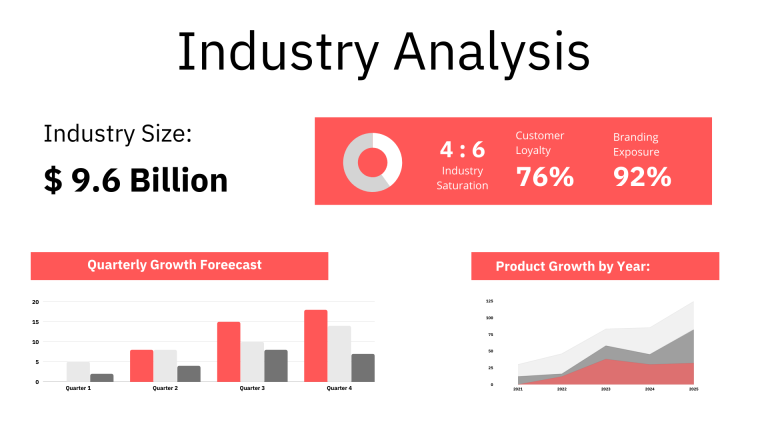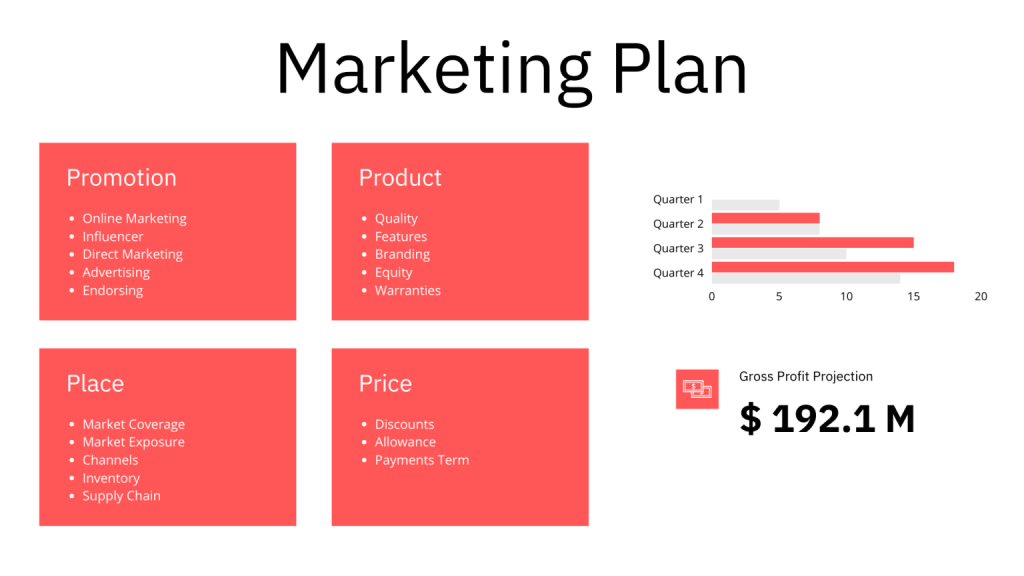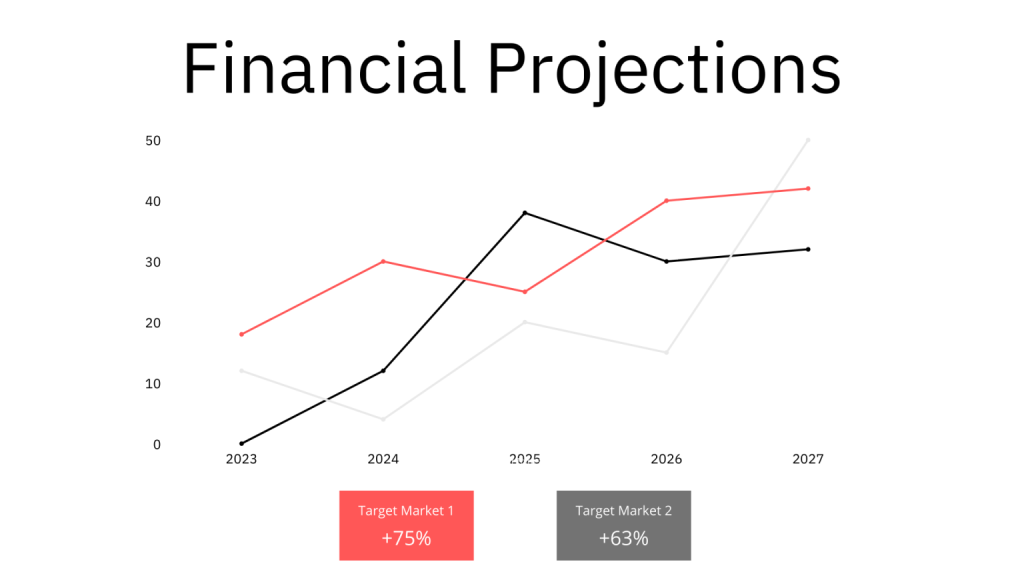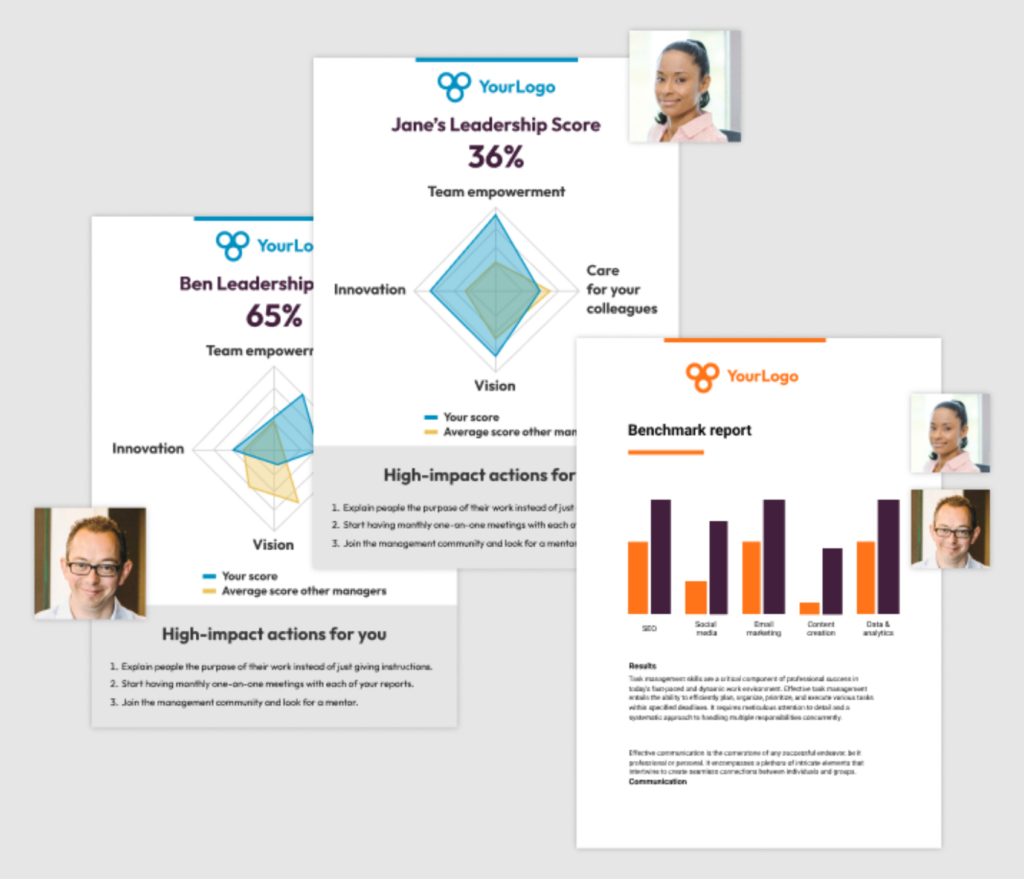An assessment report is a document that both summarizes and provides a deeper analysis of a particular topic or issue. To effectively create a business plan, an organization needs to have an informed understanding of the market. The findings from the assessment report help provide this understanding by offering data about the current market as well as potential future developments that will impact it.
Below you will learn more about assessment reports and how to use them to create effective business plans.
What to include in an assessment report

In your assessment report, you will convey facts about your industry, including information about both the current situation as well as likely future developments. This data can then be used to gain a better understanding of where your organization stands with regards to competition and customers. In addition, this information can help your organization better understand what challenges and opportunities lay ahead.
An assessment report must answer specific questions to get the most accurate picture of your organization and industry. The following are key questions to answer in your assessment report:
- What industry is your organization targeting?
- What are key new developments in this industry? What opportunities and threats does it present for organizations like yours?
- Who are the main competitors in the industry? How big are they, what strategies do they use to compete, who are their customers, etc.?
- What factors may make a particular segment of the market more attractive to your organization?
- What are the major strengths and weaknesses of your organization in the industry? What challenges does it need to overcome, and what opportunities should it take advantage of?
- What strategies can be used to take advantage of new opportunities or defend against threats presented by the industry?
- How refined are your organization’s operations? This should include an assessment of your sales, capacity, production costs, distribution channels, etc. as compared with your competition.
- What are the details of the supply chain within the industry? This should include an assessment of suppliers’ strengths and weaknesses, opportunities for collaboration or consolidation among suppliers/customers/distributors, etc.
- What are the main factors that drive demand in the industry?
- What are the demographic and psychographic profiles of customers? What are the customer trends if any?
- Are there any changes in government policies and regulations that may impact the industry? This can include policy settings related to taxes, trade restrictions, tariffs, etc. It can also include reviews of any new environmental laws that may impact organizations in this industry.
The results of the assessment report should then be used to create a solid business plan based on realistic expectations. This is discussed below.
Using your assessment report to create your business plan
Below is an outline of each key section of your business plan and what it must include. As you’ll see, many of the questions you must answer in your plan will already have been answered in your assessment report. As such, complete your assessment report first, and then writing your plan will be relatively quick and easy.
1. Executive summary
The executive summary is an overview of the entire business plan and is usually one or two pages in length. It introduces and summarizes the key points made throughout the rest of your business plan.
2. Company overview
In your company analysis, you will detail your business type and provide background information. The company analysis section of your business plan should offer a comprehensive overview of your business structure, such as forming an LLC in California, Colorado, or any other US state for asset protection. Remember to use an LLC ownership agreement to clarify the roles and responsibilities of each member, ensuring smoother operations and legal compliance. It should also address the market needs it serves, particularly in sectors like technology, highlighting how your business responds to these demands.
Further, detail your unique advantages, such as proprietary technology, and outline your operational strategies, including robust supply chain management. Together, these components provide a thorough understanding of how your business is positioned to operate and succeed in its market.
Include answers to question such as:
- When and why did you start the business?
- What milestones have you achieved to date? Milestones could include sales goals you’ve reached, new store openings, etc.
- Your legal structure. Are you incorporated as an S-Corp? An LLC? A sole proprietorship? Explain your legal structure here.
The following sections pull much more information from your assessment report.
3. Industry analysis

The Industry Analysis section defines how big your market is and key market trends. It’s used to ensure the market is large enough to support your company’s growth and to ensure you have the best strategy to capture market share.
The following questions should be answered in the industry analysis section of your business plan:
- How big is the industry (in dollars)?
- Is the market declining or increasing?
- Who are the key competitors in the market?
- Who are the key suppliers in the market?
- What trends are affecting the industry?
- What is the industry’s growth forecast over the next 5 – 10 years?
Each of these questions should have already been answered in your assessment report, although you might need to re-organize the information to better fit within your plan.
4. Customer analysis
In this section of your plan, you’ll describe who your typical customer is, what they want, and why they will choose your company over the competition. You will also detail how many potential customers exist and any trends affecting them.
Use census data , interviews, surveys, etc. to back up any claims you make in this section. The good news is that you will have already conducted this research when developing your assessment report.
5. Competitive analysis
Your competitive analysis identifies the competitors your business faces.
For each competitor, you should provide an overview of their business and document their strengths and weaknesses. Answer questions such as:
- What types of customers do they serve?
- What products do they offer?
- What is their pricing (premium, low, etc.)?
- What are they good at?
- What are their weaknesses?
Next, document how you will achieve competitive advantage. For example:
- Will you provide different or better products or services?
- Will you provide superior customer service?
- Will you offer better pricing?
Once again, you should have answered all of these questions in your assessment report and can then copy that information into your business plan.
6. Marketing plan

While the core marketing plan components will not have been developed when creating your assessment report, in doing the assessment report, you will have strategized your marketing and growth plan so you won’t be starting from scratch.
Be sure to includes the following in your marketing plan section:
- Product or Service: describe the products and services your company offers.
- Price: Document the prices you offer and how they compare to competitor pricing.
- Promotions: Detail how you will attract new customers using methods such as:
○ Pay per click advertising
○ Television advertising
○ Flyers
○ Public Relations
○ Etc.
7. Operations plan
Your operations plan includes two key sections. It starts by describing the daily processes you perform to run your business such as serving customers, procuring inventory, etc.
Next, you will document your long-term goals along with the dates you hope to achieve them. These are the milestones you strategized when creating your assessment report.
8. Management team
The Management Team section of your business plan describes the key members of your management team, their experience and education and what makes them qualified to grow your company.
When conducting the SWOT (strengths, weaknesses, opportunities and threats) analysis during your assessment report, you will answer many questions about the worthiness of your current team that you can document in your plan. You will also identify management team gaps that you must fill; these gaps should be included in your business plan too.
9. Financial Management team

Your financial plan includes projections for future revenues, gross profit, operating expenses, and earnings for the next 5 years.
Your projections must be tied to the research conducted in your assessment report. For example, your company can’t grow to a size that exceeds the industry size you determined. Likewise, by conducting research while doing the assessment report, you will have identified reasonable assumptions like growth rates, employee salaries, etc., that will help you put together well-reasoned and defendable financial forecasts.
In addition, if applicable, your financial plan will document if your company needs funding to achieve its growth plan and detail the key uses of such funds.
Summary
As you can see, your assessment report and business plan go hand in hand. Your assessment report forces you to conduct market research and determine the optimal strategies to grow your business. Your business plan expands upon that research and strategy to more clearly define your growth roadmap. Also, if you need funding to grow, it bolsters your need for funding and gives investors and lenders confidence that they will get a solid return on their investment.









